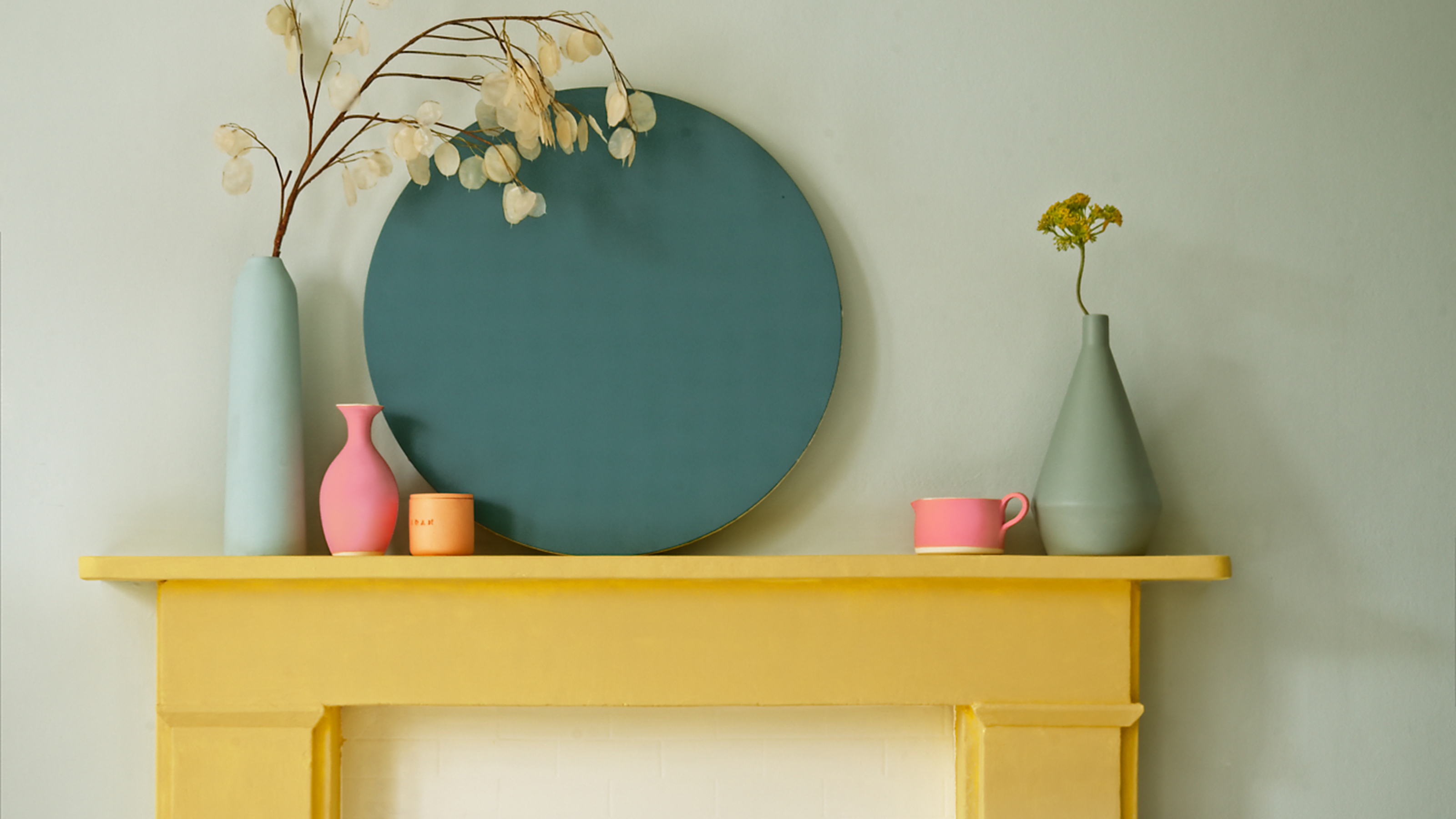DIY gone wrong - new data shows hospitals with most A&E visits thanks to renovations
What happens when DIY goes wrong (and we're not just talking about dodgy paintwork)


While it's an affordable and effective way to spruce up your home, we all know DIY comes with a certain degree of risk. Yep, it turns out you can pick up injuries while using a power tool just as easily as perching on a ladder while undertaking easy DIY projects.
In new data from NHS England accessed by the Ideal Home team via a freedom of information request, we can reveal the areas of the UK that have the highest number of admittances to A&E thanks to good old-fashioned DIY.
And you might be surprised to find that the data shows one hospital in a certain region racking up plenty more DIY-related injuries than any other.

Britain's most DIY prone areas
In the period from 2020 to 2021, data obtained from NHS England shows there were a total of 2280 admittances following DIY across five major hospital groups in the UK, a figure that rose the following year to 2310.

In both periods, the Mid and South Essex NHS Foundation Trust had an overwhelmingly high number of DIY-related A&E admittances compared to the four other trusts with data available.
This group of hospitals provides care to around 1.2 million people in central and south Essex and is evidently home to more than a few keen DIYers.
All in all 3215 people were admitted across two years after injuring themselves doing DIY. To contextualise, this works out at just 0.268% of the trust's patients but is still the highest proportion on the data available.
Sign up to our newsletter for style inspiration, real homes, project and garden advice and shopping know-how
Comparably, University Hospitals Birmingham NHS Foundation Trust consistently ranked with the least number of admittances across the two years (just 55 in total).
Serving approximately 750,000 people, that means that far less than 0.1% of people were reported to have injured themselves in this way.
With an abnormally low number of incidents, it may be the case that reporting injuries as DIY-related in particular trusts, like Nottingham and Birmingham, is simply less common.
Plus, there might be some skew due to 13% of Britons simply preferring to call in professionals (a figure reported by YouGov in 2019) in certain regions, rather than attempting to do the work themselves.

In light of the cost of living crisis, and the ongoing effect of the home-centric days of the pandemic, it's fair to say that DIY has had something of a renaissance over the last few years.
A 2019 study from YouGov revealed that most Brits (52%) are happy to take on DIY themselves, manning the tools necessary to get jobs done.
On the whole, Brits feel they are a pretty capable bunch too, with 85% of those surveyed by YouGov confident about doing their own painting and decorating.
From upcycling as a beginner to mastering paint hacks, people have been busy transforming their homes, so it's little surprise there have been a few injuries in the process.
So given there's a penchant for DIY in Britain, how can you make sure that trying a home hack at home goes to plan, and doesn't end in a visit to A&E?
Safety tips for DIY projects
If you're about to embark on a DIY project or if you've been burnt by the dangers of home renovation before, then learning how to stay safe during these types of tasks is essential.
Mark Trett, co-founder of Brightchecker which allows you to perform property inspections from your phone advises DIYers to follow one simple rule to steer clear of danger while fixing up your home.
'Always have the right tools for the job. You don’t want to be using a large hammer when you need a mini one. A trip down to Accident and Emergency is the last thing you need because you didn’t use an appropriate tool,' Mark begins.

'Another example would be ladders,' he says. It's a DIY essential that can of course become an accident magnet.
'Always have a ladder if it is self-supporting or is able to be secured (even if that means getting another person to foot the ladder for you),' Matt continues.
'Using a set of steps that will wobble when you lean and you start leaning to paint is a sure-fire way of getting glass ankles to deal with for the rest of your DIY career.'
Making certain mistakes when storing DIY supplies is also something that can lead to injury, so be sure to keep your garden shed or cupboards neat to avoid trip hazards.
When it comes to DIY, the data shows that it couldn't be more important to make your safety a priority.

Molly is Ideal Home’s Kitchen Appliances Editor, the Ideal Home Certified Expert on Appliances. An all-around cooking and baking enthusiast, she loves finding the next must-have product for readers that will their kitchen a better place. She joined the team in September 2022 after working on the editorial teams of Real Homes, Homes & Gardens and Livingetc.
For the last 4 years, she's been reviewing hundreds of small appliances; conducting tests at home or in the Ideal Home test kitchen. She would be hard-pressed to pick a Mastermind specialist subject but air fryers are her ultimate area of expertise, after testing just about every single one released since 2022.
To keep ahead of trends and new releases, Molly has visited the testing and development spaces of multiple kitchen brands including Ninja Kitchen and Le Creuset as well as attended consumer shows such as IFA, hosted in Berlin to see the cooking innovations of the future.